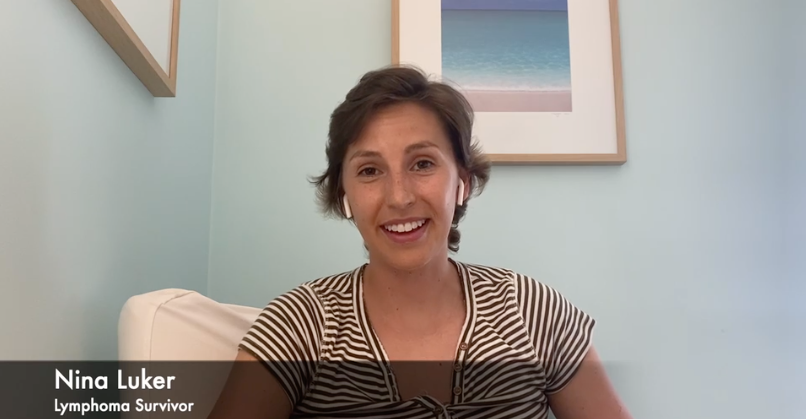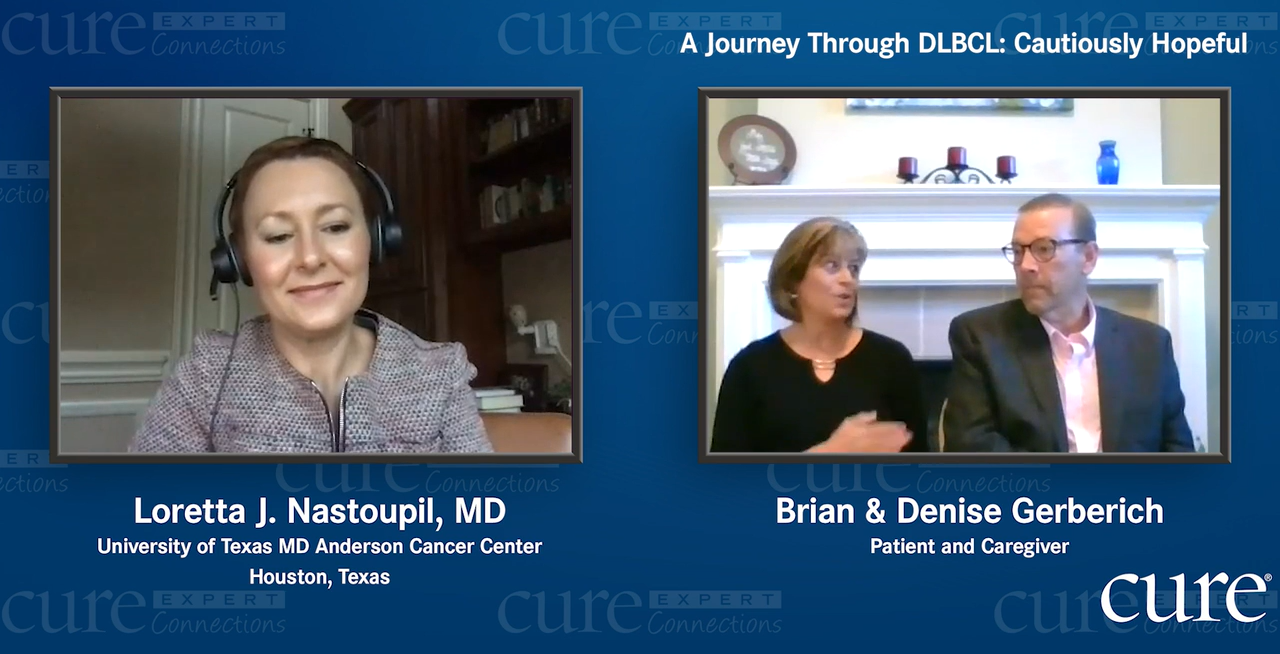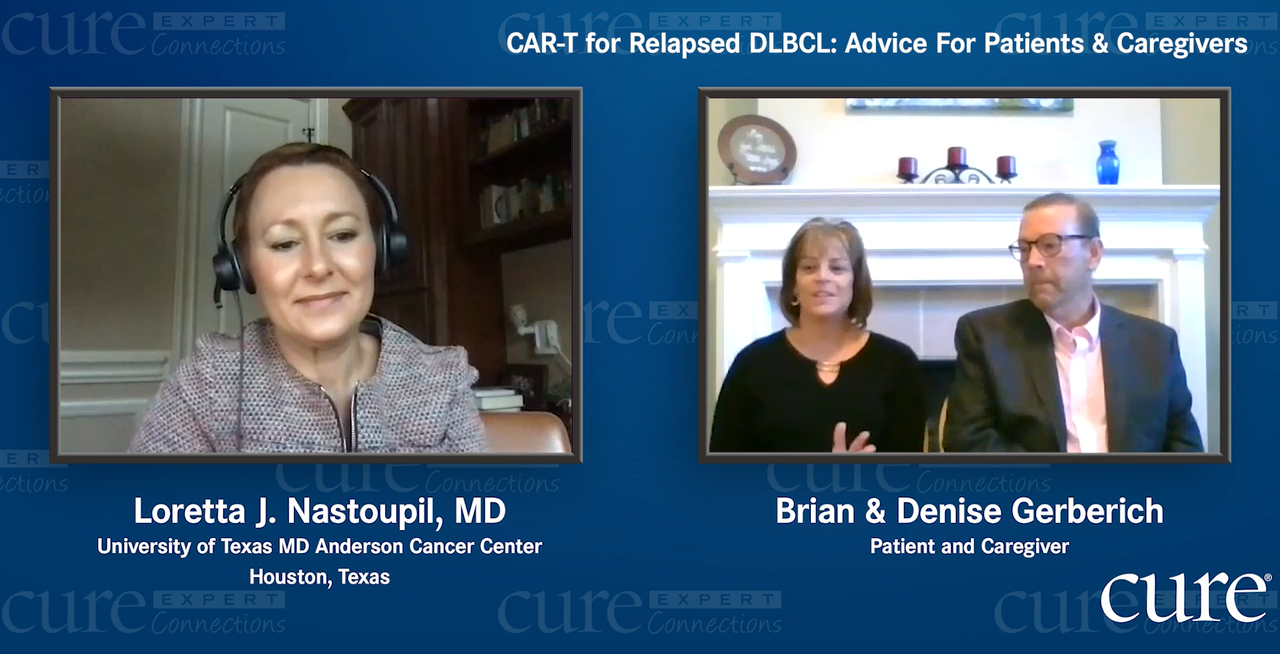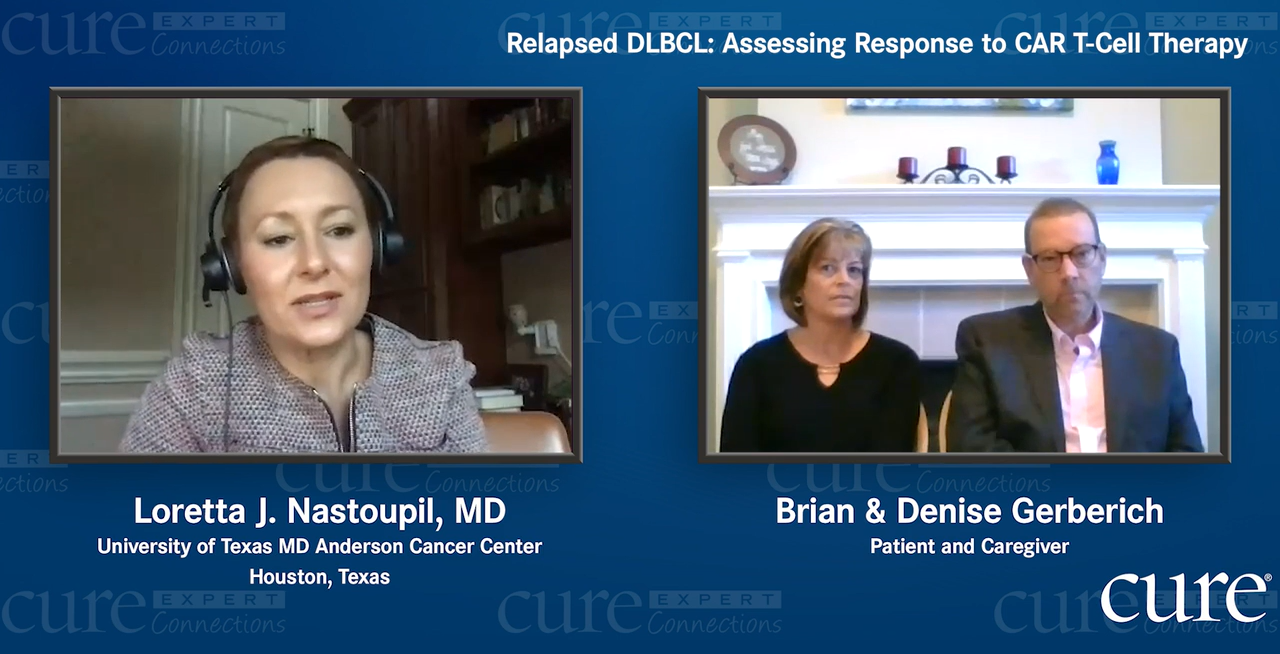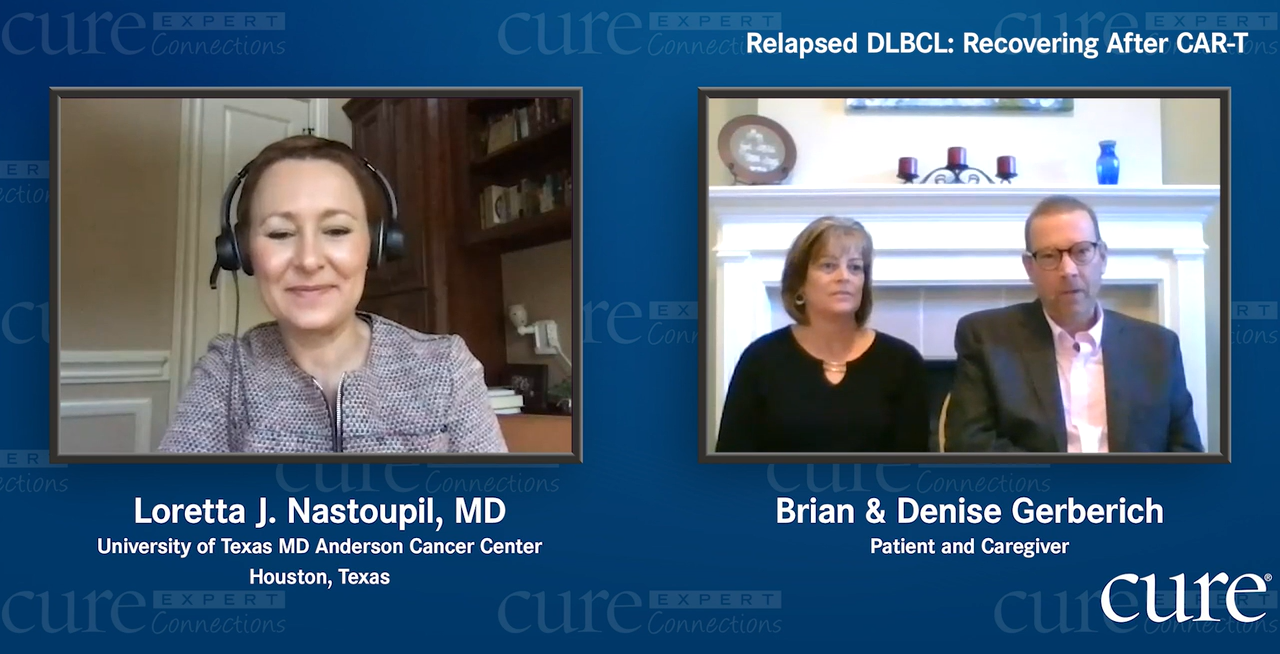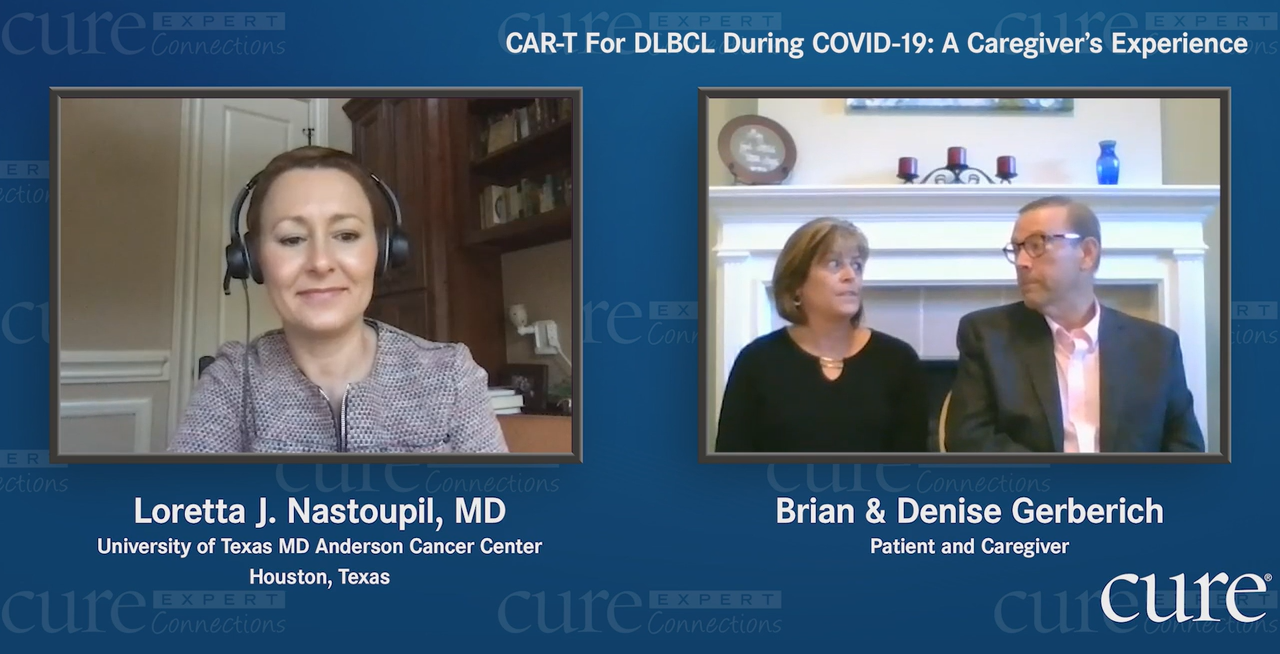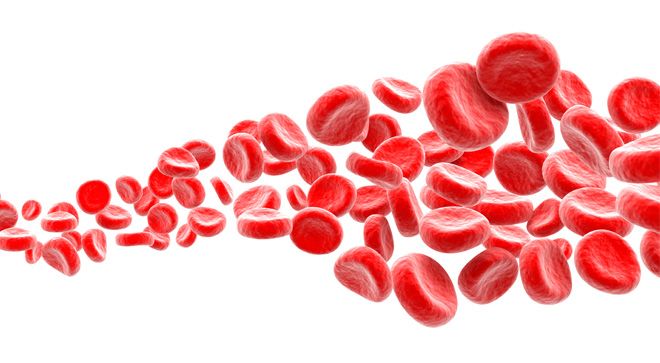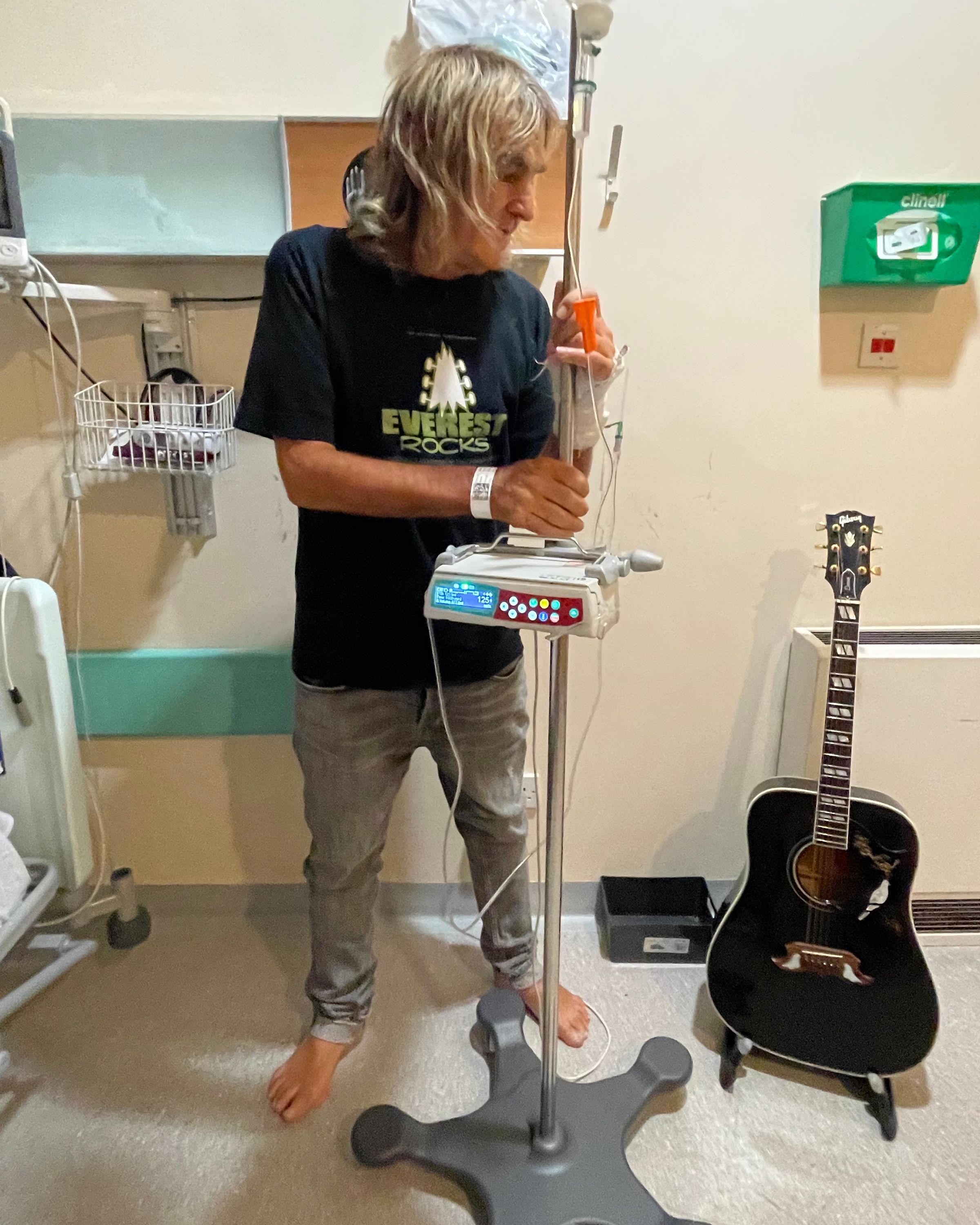Article
Abbreviated Treatment Improves Quality of Life and Appears Safe in Some with Diffuse Large B Cell Lymphoma
Author(s):
Giving fewer courses of chemotherapy and no radiation could become a new standard for patients with stage 1 or 2 diffuse large B cell lymphoma based on the results of a recent study.
Omitting radiation and giving fewer chemotherapy treatments may become the new standard of care for patients with diffuse large B-cell lymphoma (DLBCL) classified as either stage 1 or 2, according to the findings of the S1001 study led by a University of Arizona Health Sciences researcher.
This abbreviated treatment can be administered safely in the “absolute majority” of patients with stage 1 or 2 cases, also known as limited-stage disease, in which tumors are less than 10 cm in size; such cases comprise 25% to 30% of those that are newly diagnosed, said the researcher, Dr. Daniel Persky, in a press release issued by the institution. Persky is the associate director for clinical investigations at the UArizona Cancer Center, principal investigator of its lymphoma clinical research team, and a professor of medicine at the UArizona College of Medicine – Tucson.
The study was published in July in the Journal of Clinical Oncology and was conducted at institutions across the country through the SWOG Research Network, a cancer clinical trials network funded by the National Cancer Institute.
DLBCL is a usually aggressive but potentially curable form of the blood cancer type known as B-cell non-Hodgkin lymphoma, which affects the immune system. The disease causes rapid growth of tumors in the lymph nodes, spleen, liver, bone marrow or other organs.
The study’s intent was to improve treatment for patients with the disease by reducing side effects from radiation and chemotherapy, which can also lower quality of life and can be particularly concerning for older patients who may have other health conditions besides lymphoma, according to the University of Arizona.
“We serve this population, and tolerance to the treatment is important to them,” Persky said in the release. “It is much easier to get an older patient through four cycles of R-CHOP (chemotherapy) than it is through six.”
R-CHOP is a combination of five drugs used to treat some cases of DLBCL. It includes the targeted drug Rituxan (rituximab) plus the steroid prednisone and the chemotherapies cyclophosphamide, doxorubicin and vincristine. Patients with this stage of DLBCL typically receive three cycles of chemotherapy followed by radiation, or six cycles without radiation.
The study findings suggest screening patients with a positron emission tomography (PET) scan after three cycles of R-CHOP. If the patient’s scan is negative, they can proceed with one additional round of R-CHOP to complete their treatment.
Those in the study who had a positive PET scan at that juncture did not proceed with additional rounds of R-CHOP. Instead, they underwent radiation therapy followed by a booster treatment of radiation in areas where the scans showed rapidly growing cancer cells. These patients then received therapy with a radioimmunotherapy drug, ibritumomab tiuxetan, that is not yet approved by the Food and Drug Administration for DLBCL but does have the green light for use in the treatment of other types of lymphoma, the press release stated.
After a follow-up of five years, six patients had experienced disease progression and three had died as a result of lymphoma.
Of 128 patients who underwent PET scan, 14 were found to have cancerous lesions. Among them, 85% were alive five years after treatment and 86% were cancer-free.
Among patients who received no radiation, 91% were alive five years after treatment and 89% were cancer-free.
Researchers considered the results in the two groups similar. “The interim PET-positive group were those at greater risk of relapse or recurrence of their cancer,” Persky said in the release. “This group also did really well in the study.”
The most common grade 3 or 4 (serious or severe) side effects were blood count problems. The most common side effects of any grade were fatigue, blood count problems, nausea, hair loss, constipation and tingling or weakness in the extremities.
The findings may change what is considered the standard treatment for patients with limited-stage DLBCL.
“This can be the new standard of care for patients with limited-stage DLBCL,” Persky said. “Many patients can forgo radiation and receive less chemotherapy while still getting excellent results.”
For more news on cancer updates, research and education, don’t forget to subscribe to CURE®’s newsletters here.




